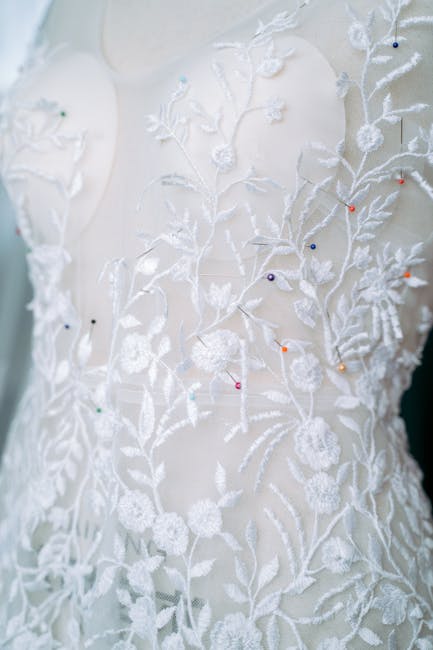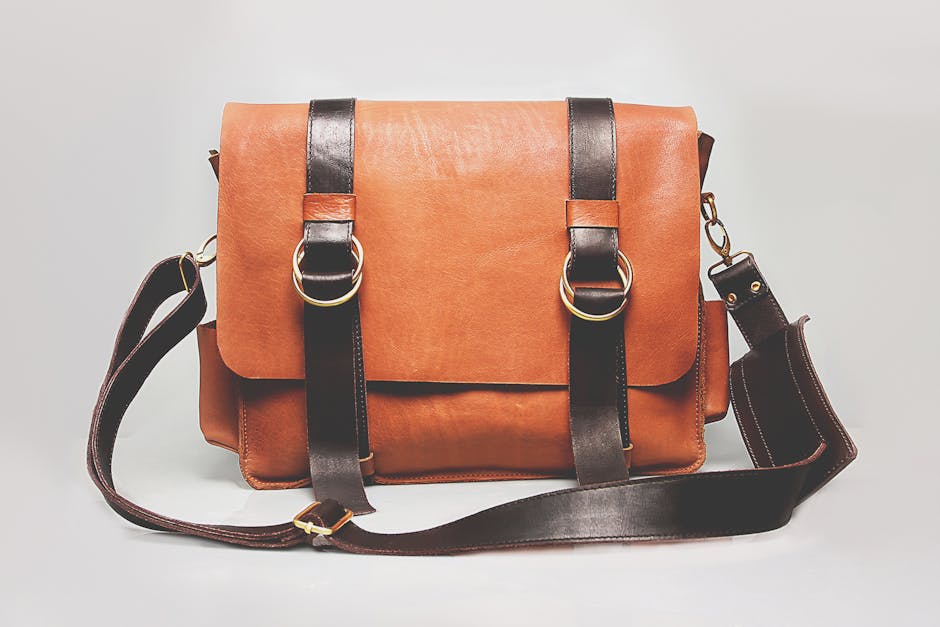Fabric
Introduction
Fabric, the very essence of our clothing, home décor, and countless other applications, is a flexible woven material consisting of a network of natural or artificial fibers. Understanding fabric is crucial for designers, crafters, and even everyday consumers who want to make informed choices about the materials they use and wear. This article will delve into the world of fabric, exploring its types, properties, uses, and how to choose the right fabric for your needs.
Types of Fabric
Natural Fabrics
Natural fabrics are derived from plants and animals. They are generally breathable and comfortable, making them popular choices for clothing.
- Cotton: A soft, absorbent, and versatile fabric derived from the cotton plant. It’s widely used in clothing, bedding, and towels.
- Linen: Made from flax fibers, linen is strong, breathable, and becomes softer with each wash. It’s often used in summer clothing and home textiles.
- Silk: A luxurious fabric produced by silkworms. It’s known for its smooth texture, shine, and drape.
- Wool: Obtained from sheep, wool is warm, durable, and naturally wrinkle-resistant. It’s commonly used in outerwear, blankets, and carpets.
- Hemp: A strong and sustainable fiber derived from the hemp plant. It’s becoming increasingly popular for clothing and other textiles due to its durability and eco-friendliness.
Synthetic Fabrics
Synthetic fabrics are manufactured from chemical compounds and offer a wide range of properties, including durability, water resistance, and wrinkle resistance.
- Polyester: A versatile and durable synthetic fiber that is resistant to wrinkles and shrinking. It’s often blended with other fibers to improve their properties.
- Nylon: A strong and elastic synthetic fiber that is resistant to abrasion and mildew. It’s commonly used in sportswear, hosiery, and outdoor gear.
- Rayon: A semi-synthetic fiber made from cellulose. It has a soft and silky texture and is often used as a substitute for silk.
- Acrylic: A synthetic fiber that resembles wool in appearance and feel. It’s often used in sweaters, blankets, and carpets.
- Spandex (Elastane): A highly elastic synthetic fiber that can stretch significantly and return to its original shape. It’s commonly used in sportswear and fitted clothing.
Blended Fabrics
Blended fabrics combine two or more different fibers to create a fabric with enhanced properties. For example, a cotton-polyester blend can offer the comfort of cotton with the durability and wrinkle resistance of polyester.
- Cotton-Polyester: A popular blend that combines the comfort of cotton with the durability and wrinkle resistance of polyester.
- Wool-Acrylic: A blend that combines the warmth of wool with the lower cost and easier care of acrylic.
- Linen-Cotton: A blend that combines the breathability of linen with the softness and affordability of cotton.
Fabric Properties
Durability
Durability refers to a fabric’s ability to withstand wear and tear. Fabrics like nylon and polyester are known for their durability, while more delicate fabrics like silk require more careful handling.
Breathability
Breathability refers to a fabric’s ability to allow air to pass through it. Natural fabrics like cotton and linen are generally more breathable than synthetic fabrics.
Drape
Drape refers to how a fabric falls or hangs. Fabrics with good drape, such as silk and rayon, are often used in garments that require a flowing silhouette.
Texture
Texture refers to the surface feel of a fabric. Fabrics can be smooth, rough, soft, or stiff, and the texture can affect the overall look and feel of a garment or textile.
Care
The care requirements of a fabric vary depending on its composition. Some fabrics require dry cleaning, while others can be machine washed and dried. Always check the care label before washing or ironing a fabric.
Choosing the Right Fabric
- Consider the intended use: What will the fabric be used for? Clothing, home décor, or something else?
- Think about the climate: Will the fabric be worn in hot or cold weather?
- Evaluate the desired properties: Do you need a durable, breathable, or wrinkle-resistant fabric?
- Factor in your budget: Fabric prices can vary widely, so set a budget before you start shopping.
- Read the care label: Make sure you are able to properly care for the fabric.
Conclusion
Fabric is an integral part of our daily lives, impacting comfort, style, and functionality. By understanding the different types of fabrics, their properties, and how to choose the right one for your needs, you can make informed decisions and create beautiful and lasting projects. Whether you’re a seasoned designer or a beginner crafter, exploring the world of fabric is a rewarding experience that unlocks endless possibilities.




Post Comment